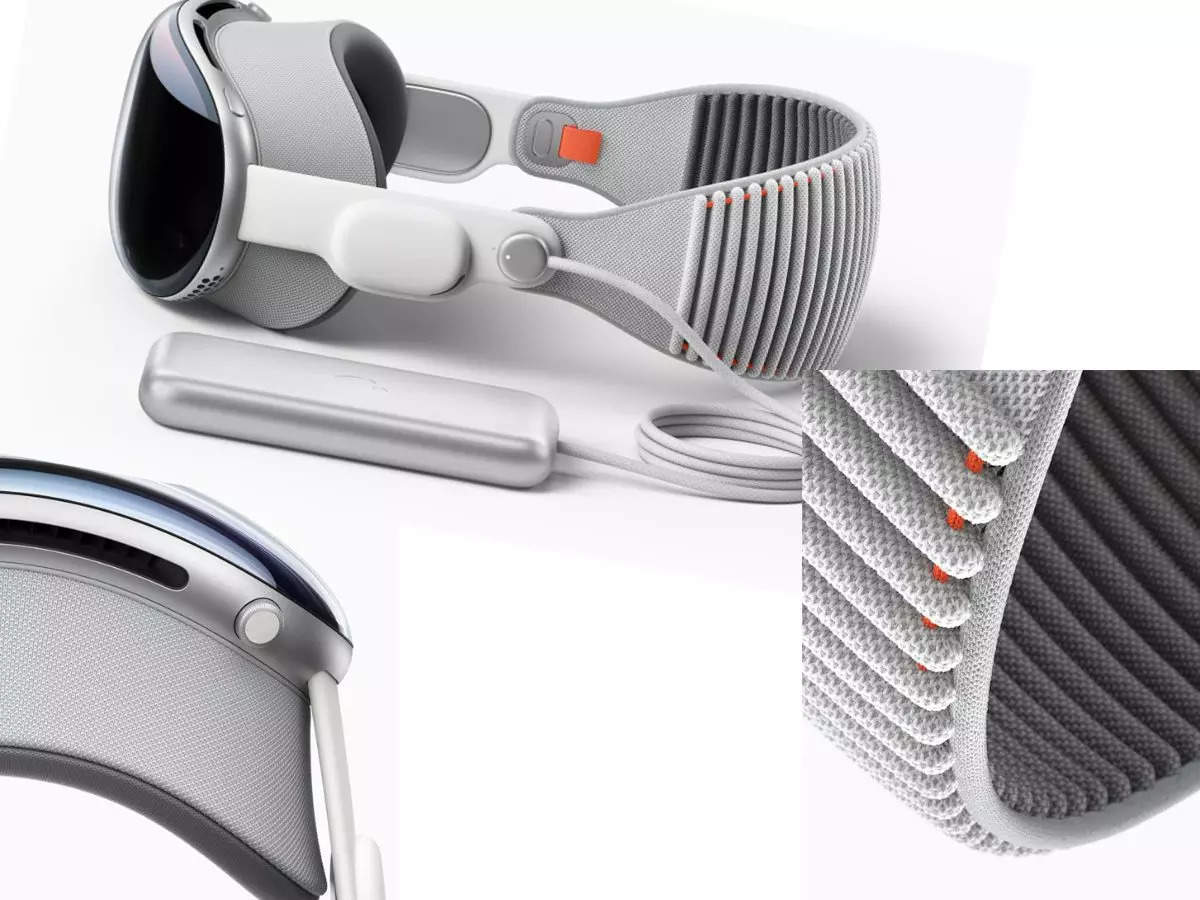Announcing its first ever spatial computer — Vision Pro — Apple also introduced the new operating system — visionOS platform– that’ll power it and most likely all the other future headsets from the company. While the new operating system is loaded with features, ecosystem integrations for Mac and other products and services in a spatial world, the company also introduced a new dedicated app store for the visionOS platform.
Susan Prescott, Apple’s vice president of Worldwide Developer Relations said while announcing the visionOS App Store, “Apple Vision Pro will have a brand new app store where users can discover and download all the apps built for visionOS along with the compatible iPhone and IPad apps”.
The all-new App Store for visionOS will allow users to discover apps and content that are compatible with the new Vision Pro headset. Apple says that the iPhone and iPad apps that are compatible with the new headset will run seamlessly and will automatically adapt to the new input system for Vision Pro.
Apple has also confirmed that developers can use the familiar tools like Xcode, SwiftUI, RealityKit, and ARKit, as well as support for Unity and the new 3D-content preparation app Reality Composer Pro to develop apps for the new platform.
Meanwhile, Vision Pro is the company’s first mixed reality headset that features a three-diemensional camera setup, a dedicated visionOS operating system and features a dual chip — M2 and R1 chip — designed for better performance and spatial computing experience.
In addition to this, Apple also introduced the new 15-inch M2 MacBook Air, iOS 17, iPadOS 17, macOS Sonoma, watchOS 10 and new features for AirPods Pro.
Susan Prescott, Apple’s vice president of Worldwide Developer Relations said while announcing the visionOS App Store, “Apple Vision Pro will have a brand new app store where users can discover and download all the apps built for visionOS along with the compatible iPhone and IPad apps”.
The all-new App Store for visionOS will allow users to discover apps and content that are compatible with the new Vision Pro headset. Apple says that the iPhone and iPad apps that are compatible with the new headset will run seamlessly and will automatically adapt to the new input system for Vision Pro.
Apple has also confirmed that developers can use the familiar tools like Xcode, SwiftUI, RealityKit, and ARKit, as well as support for Unity and the new 3D-content preparation app Reality Composer Pro to develop apps for the new platform.
Meanwhile, Vision Pro is the company’s first mixed reality headset that features a three-diemensional camera setup, a dedicated visionOS operating system and features a dual chip — M2 and R1 chip — designed for better performance and spatial computing experience.
In addition to this, Apple also introduced the new 15-inch M2 MacBook Air, iOS 17, iPadOS 17, macOS Sonoma, watchOS 10 and new features for AirPods Pro.
